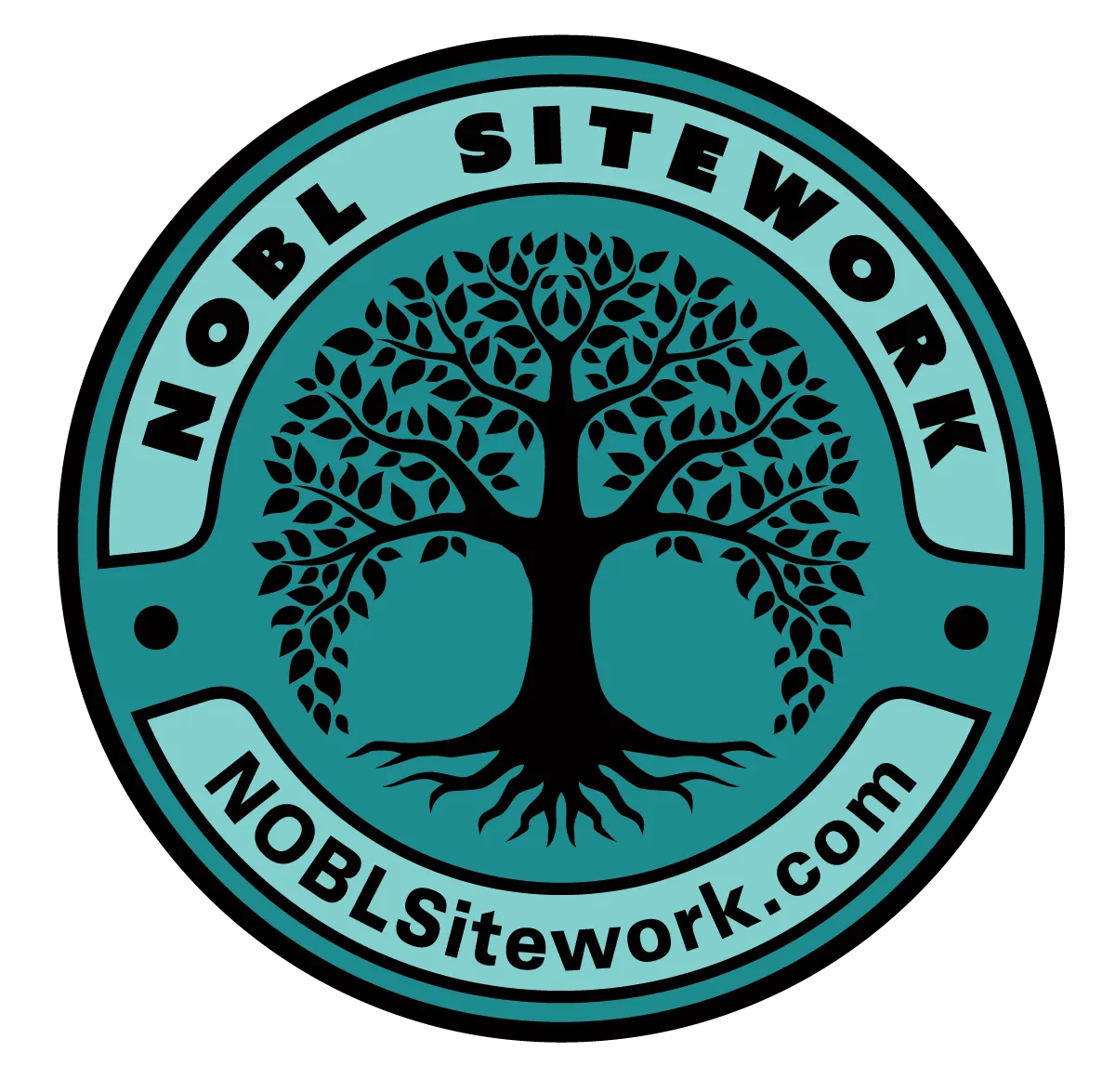
7 Factors Affecting Sitework Costs in Florida (2025)
Whether you're preparing a lot for a single-family home or developing a large commercial site, understanding the cost of sitework is critical to budgeting and project success. In Florida, where environmental regulations are stringent, weather conditions can be extreme, and soil types vary widely, sitework costs can fluctuate significantly.
This article outlines the seven key sitework cost factors in FL, so general contractors, developers, and property owners can plan more accurately and avoid unexpected budget busters. Please note that this is provided for guidance only. For the most accurate cost projection, contact a contractor such as NOBL Siteworks for a detailed cost analysis.
1. Soil Composition and Site Conditions
Soil isn’t just dirt; it’s one of the most influential variables in site preparation costs.
In Florida, soil types range from sandy loam near the coasts to dense clay in inland areas. Sandy soils may seem easier to work with, but they often lack stability and require additional grading or compaction to maintain stability. Clay-heavy soils, on the other hand, are harder to excavate and can retain water, making drainage more challenging and costly.
In areas like Crestview or Defuniak Springs, where clay and rocky substrates are common, developers may need to bring in fill dirt or install subsurface drainage. High water tables, typical in low-lying regions like Pensacola and Panama City, can lead to added expenses such as dewatering, especially during rainy seasons.
Pro Tip: A geotechnical survey before breaking ground can save thousands by identifying soil issues early.
2. Topography and Land Slope
If you’re lucky enough to be building on a flat lot, you’ll save on both time and cost. However, in hilly or uneven areas such as parts of Freeport or Milton, grading becomes more labor-intensive and equipment-intensive.
Flattening a sloped lot requires moving large volumes of soil, which can increase both man-hours and machine fuel. You may also need to install retaining walls or reinforce embankments to comply with local codes.
Additionally, sloped sites often require more sophisticated stormwater management to prevent erosion and runoff damage. In Florida, those regulations are strict, especially in counties that border protected wetlands.
3. Accessibility and Site Location
Where your site is located directly affects how easy or difficult it is to mobilize equipment, materials, and labor.
Lots located in urban or suburban zones, such as Gulf Breeze or Fort Walton Beach, typically benefit from easy road access, nearby utility tie-ins, and fewer transportation costs. In contrast, rural lots or undeveloped parcels deep in the Panhandle may require temporary roads, clearing thick vegetation, or even stabilizing swampy ground.
In addition, permitting processes may vary by county, adding further complexity for sites near conservation land or areas prone to flooding.
4. Permits, Regulations, and Local Code Requirements
One of the more invisible but very real cost drivers in Florida sitework is compliance.
Florida’s Department of Environmental Protection (FDEP), local planning boards, and water management districts all play a role in what you can and can’t do with your land. Wetlands, wildlife habitats, and water runoff rules can introduce long approval times and added costs.
For instance, if your project is near a protected area, you may be required to perform environmental assessments, reroute stormwater, or establish conservation easements.
Permit delays can stall your entire project. That’s why working with a sitework company familiar with regional regulations, such as NOBL Sitework, is a smart investment.
5. Utility Availability and Infrastructure
One of the first things developers ask: “How close are the utilities?”
If your site is already serviced by water, sewer, power, and gas lines, great, you’re in luck. Tapping into nearby lines is far cheaper than trenching utilities over long distances or setting up temporary services.
However, if your land is far from existing infrastructure, you may face the cost of trenching, installing utility conduit, or even constructing lift stations for sewer access. These expenses can quickly become five-figure line items.
For general contractors and project managers, it’s vital to factor utility access into the early budgeting process. It’s not just a matter of installation; it’s also about permits, inspections, and coordination with municipal or private utility providers.
6. Environmental Conditions and Protections
Florida’s environment is one of the most regulated in the country, and for good reason. But with those protections come added sitework responsibilities.
Many Florida counties require erosion control, sediment containment, and stormwater runoff systems. This could mean silt fences, check dams, or retention ponds, all of which increase both labor and material costs.
Environmental setbacks may also reduce the usable area of your land, which could change your project scope entirely. In coastal towns like Destin or Navarre, developers must also consider saltwater intrusion and hurricane resilience standards.
Tip for Contractors: Incorporate erosion control and compliance measures into your base bids to avoid change orders mid-project.
7. Project Size and Scope
Last but not least, your site’s size and the scale of your project will obviously influence your overall costs, but not always in a linear way.
Larger projects benefit from economies of scale. For example, mobilizing a dozer for two days on a small lot might cost as much as leaving it onsite for a week during a large development.
However, more complex builds like commercial centers or multi-family housing require detailed grading plans, multiple utility lines, and strict adherence to phasing schedules. That means higher coordination costs, more labor, and the potential for weather delays.
Even landscaping and paving fall under the sitework umbrella. A larger parking lot means more grading, compacting, and materials like gravel, asphalt, or concrete.



